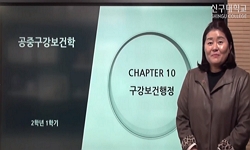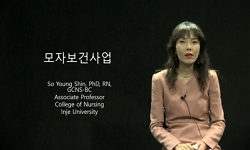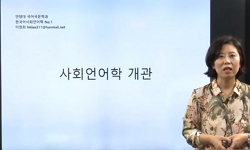Objectives: The aim of this study was to evaluate socioeconomic inequalities in the prevalence of dental caries among an urban population. Methods: This study was conducted among 2000 people 15-40 years of age living in Kurdistan, Iran in 2015. Using ...
http://chineseinput.net/에서 pinyin(병음)방식으로 중국어를 변환할 수 있습니다.
변환된 중국어를 복사하여 사용하시면 됩니다.
- 中文 을 입력하시려면 zhongwen을 입력하시고 space를누르시면됩니다.
- 北京 을 입력하시려면 beijing을 입력하시고 space를 누르시면 됩니다.


Socioeconomic Inequalities in the Oral Health of People Aged 15-40 Years in Kurdistan, Iran in 2015: A Cross-sectional Study
한글로보기https://www.riss.kr/link?id=A103630533
- 저자
- 발행기관
- 학술지명
- 권호사항
-
발행연도
2017
-
작성언어
English
- 주제어
-
등재정보
SCOPUS,KCI등재
-
자료형태
학술저널
- 발행기관 URL
-
수록면
303-310(8쪽)
- 제공처
-
0
상세조회 -
0
다운로드
부가정보
다국어 초록 (Multilingual Abstract)
Objectives: The aim of this study was to evaluate socioeconomic inequalities in the prevalence of dental caries among an urban population. Methods: This study was conducted among 2000 people 15-40 years of age living in Kurdistan, Iran in 2015. Using a questionnaire, data were collected by 4 trained dental students. The dependent variable was the decayed, missing, and filled teeth (DMF) index. Using principal component analysis, the socioeconomic status (SES) of families was determined based on their household assets. Inequality was measured using the concentration index; in addition, the Oaxaca analytical method was used to determine the contribution of various determinants to the observed inequality. Results: The concentration index for poor scores on the DMF index was -0.32 (95% confidence interval [CI], -0.40 to -0.36); thus, poor DMF indices had a greater concentration in groups with a low SES (p<0.001). Decomposition analysis showed that the mean prevalence of a poor DMF index was 43.7% (95% CI, 40.4 to 46.9%) in the least privileged group and 14.4% (95% CI, 9.5 to 9.2%) in the most privileged group. It was found that 85.8% of the gap observed between these groups was due to differences in sex, parents' education, and the district of residence. A poor DMF index was less prevalent among people with higher SES than among those with lower SES (odds ratio, 0.31; 95% CI, 0.19 to 0.52). Conclusions: An alarming degree of SES inequality in oral health status was found in the studied community. Hence, it is suggested that inequalities in oral health status be reduced via adopting appropriate policies such as the delivery of oral health services to poorer groups and covering such services in insurance programs.
동일학술지(권/호) 다른 논문
-
- The Korean Society for Preventive Medicine
- Hong, Nam-Soo
- 2017
- SCOPUS,KCI등재
-
- The Korean Society for Preventive Medicine
- Kim, Yeon-Yong
- 2017
- SCOPUS,KCI등재
-
- The Korean Society for Preventive Medicine
- Park, Kyounghoon
- 2017
- SCOPUS,KCI등재
-
- The Korean Society for Preventive Medicine
- Tasnim, Tasnim
- 2017
- SCOPUS,KCI등재





 ScienceON
ScienceON






